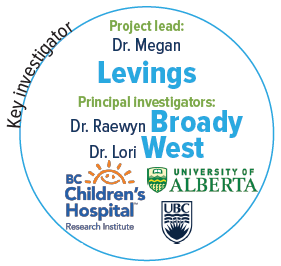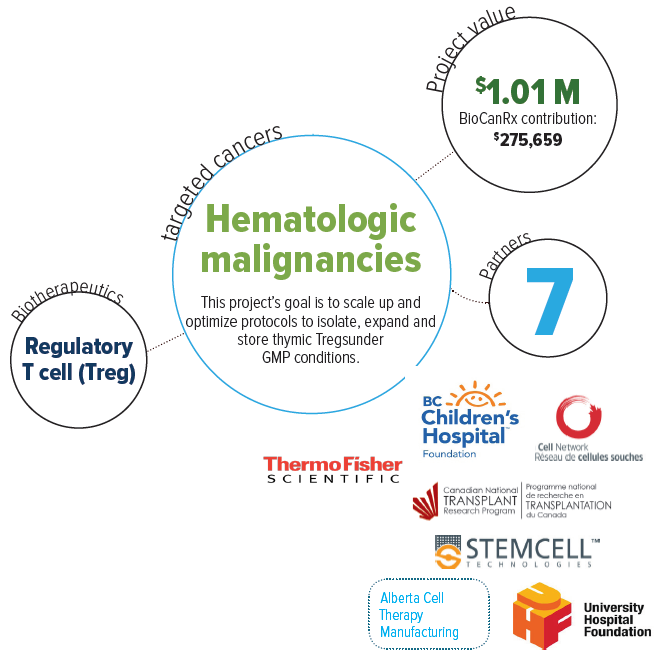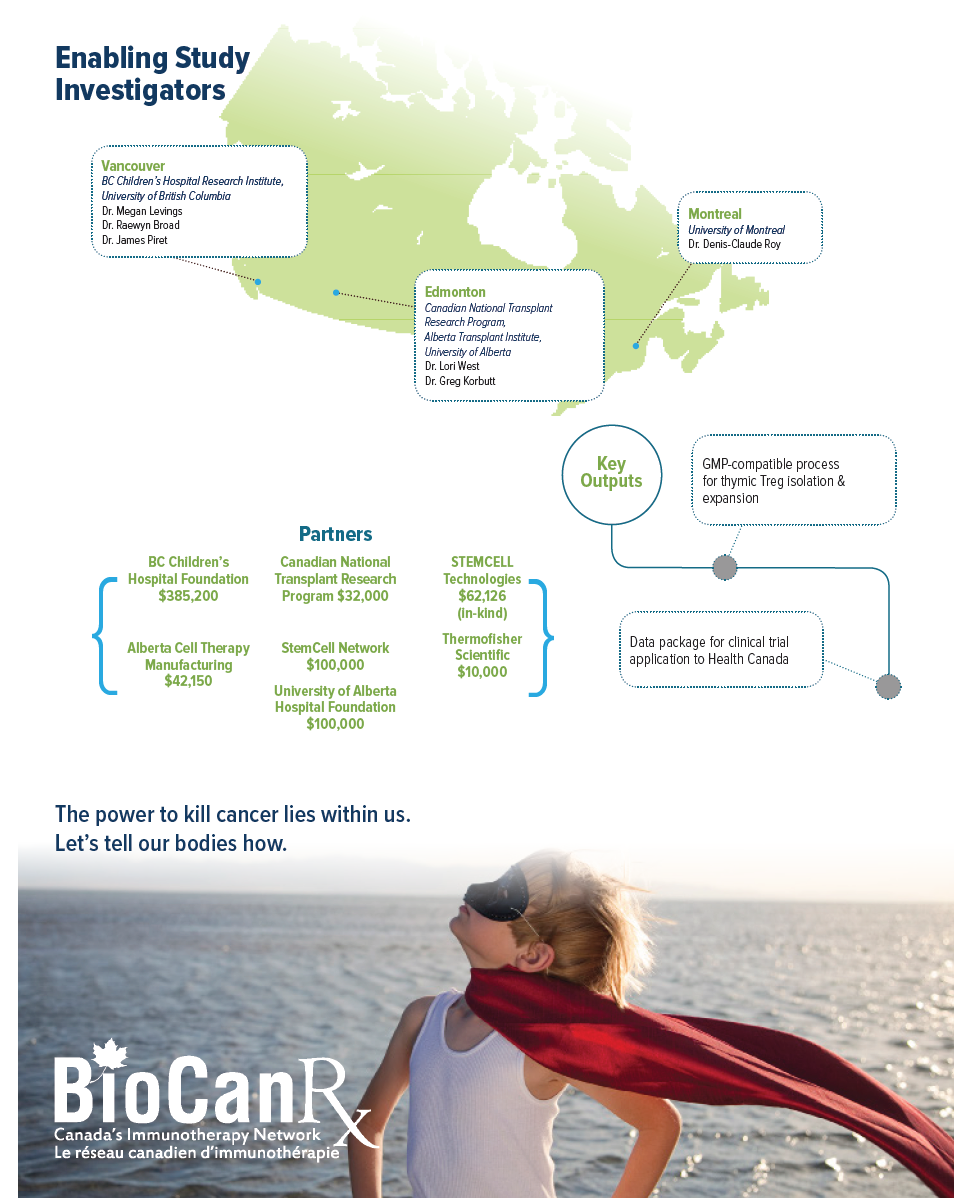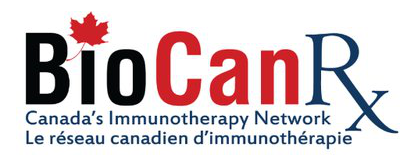Project summary: Enabling Studies Program
Garbage to Gold: Expansion of Therapeutic Regulatory T Cells from Discarded Thymus
Jan 17, 2017 to Mar 31, 2020
HIGHLIGHTS

- Lays the groundwork for the first clinical trial of Treg adoptive cell therapy in Canada to reduce GVHD reactions in patients treated with allotransplantation
- Creates knowledge capacity that will be applicable to numerous types of anticancer adoptive T cell therapies

About this project
For many patients with blood cancers like leukemia, the only option for a cure is a hematopoietic stem cell transplant (HSCT) in which the patient receives immune cells from a healthy donor. Those donor immune cells then kill the leukemia cells. In many patients, the donor immune cells later attack the patient’s healthy tissues, causing a serious life-threatening complication called graft-versus-host disease (GVHD). GVHD is a major cause of death even when donor and recipient are matched for all major HLA alleles, and accounts for 15-30% of deaths that occur after HSCT.
This project aims to find a way to prevent GVHD without affecting the anti-cancer action of the donor immune cells. This will be a major advance in the use of HSCT as a therapy for blood cancers. Dr. Levings and the team proposes that immune cells called regulatory T cell (Tregs), which naturally suppress immune responses, could be used to prevent or treat GVHD. While early clinical studies have been promising, the total number of Tregs in a person’s blood is so low that it is difficult, time-consuming, and expensive to obtain enough cells to use in a patient. This study aims to find better ways to obtain enough therapeutic Tregs to make the approach more widely available.
To that end, they propose to isolate Tregs from the thymus gland, which is routinely removed and discarded in children undergoing heart surgery. The team showed that the human thymus contains large numbers of Tregs, and that these thymic Tregs can prevent GVHD in mice. They now want to test thymic Tregs in humans.
This project will develop standard methods for large-scale expansion of thymic Tregs in a ‘clean room’ environment. This groundwork will enable them to perform a study in patients undergoing HSCT to see if thymic Tregs can reduce GVHD.


